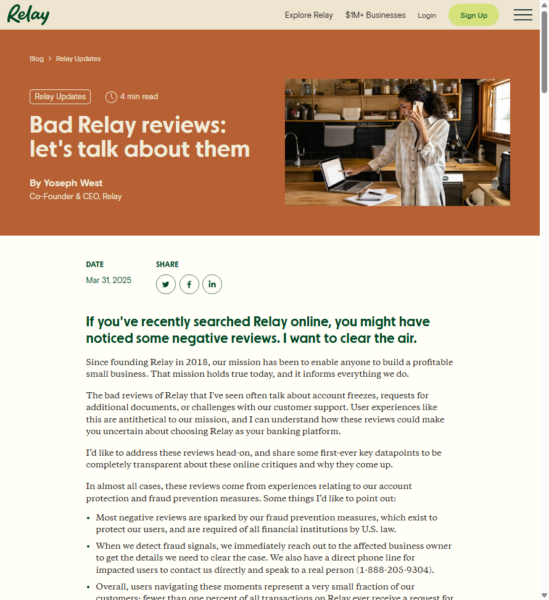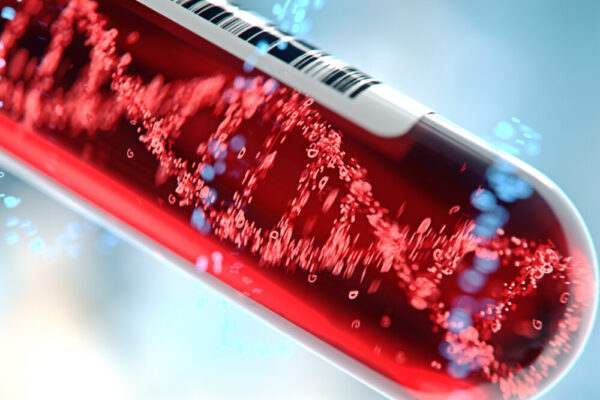I doubt any serious injury cases will come out of the recent incident where metal fragment were found in generic Tylenol tablets. However it may be a good tiime to review the overall safety and effectiveness of the medication.
Tylenol (acetaminophen) is the most frequently consumed medication. Acetaminophen is an analgesic (pain reliever) and anti-pyretic (controls fever) medication which is sold without prescription in over 200 types of pain relievers and cold remedies under many trade names, including Tylenol. NSAID (such as ibuprofen and naproxen) and COX-2 inhibitors (Vioxx, Celebrex, Bextra) are also analgesic and anti-pyretic, and in addition are anti-inflammatory. Acetaminophen differs from NSAID and COX-2 inhibitors in that it is not anti-inflammatory. Although thought of as relatively non-toxic, and taken by as many as 100 million Americans each year, there are a number of acetaminophen- related liver injuries and deaths reported every year to poison control centers, including those from accidental overdose. The initial symptoms from ingesting a toxic dose, as pointed out below, can be falsely disalarming, but can after several days progress to irrevocable liver failure and death.
Acetaminophen is mostly converted in the liver to inactive compounds by conjugation with sulfate and glucuronide, with a small portion being metabolized via the cytochrome P-450 enzyme system. The cytochrome P-450 system oxidizes acetaminophen to produce a highly reactive intermediary metabolite: N-acetyl-p-benzo-quinone imine (NAPQI). Under normal conditions, NAPQI is detoxified in the liver by conjugation with glutathione. In cases of acetaminophen toxicity, the sulfate and glucuronide pathways become saturated, and more acetaminophen is shunted to the cytochrome P-450 system to produce NAPQI. If hepatocellular supplies of glutathione become exhausted, NAPQI is free to react with cellular membrane molecules, resulting in widespread hepatocyte (liver cell) damage and death, clinically leading to acute hepatic necrosis. In animal studies, 70% of hepatic glutathione must be depleted before hepatotoxicity occurs.
The Rumack (1984,1986,1987) Matthew nomogram is commonly used to access risk of liver injury from acetaminophen toxicity, and is based on time passed since ingestion of the acetaminophen and the current plasma level of acetaminophen. The clinical course after a toxic ingestion follows four stages.Stage 1 occurs 12-24 hours post ingestion. Symptoms can include nausea, vomiting, diaphoresis, and anorexia. Children frequently have episodes of vomiting even without toxic levels. Those patients with plasma levels in the toxic range have a mean onset of symptoms by six hours, with 100% showing symptoms by 14 hours. Laboratory studies (liver enzyme elevation as a measure of liver inflammation, clotting time as a measure of hepatic synthetic capacity) are typically normal during this time.
Stage 2 occurs 24-48 hours post ingestion. By that time, symptoms may have decreased but laboratory abnormalities begin to appear with a rise of liver enzymes (AST and ALT), bilirubin, and prothrombin time.
Stage 3 occurs between 48-96 hours post-ingestion and is when the peak abnormalities are seen, with AST levels as high as 30,000. An AST level in excess of 1,000 is generally thought to be a marker of acetaminophen hepatotoxicity. Fortunately, under 1% of patients in Stage 3 will develop fulminant hepatotoxicity.
Stage 4 occurs during the first week after ingestion, with hepatic abnormalities returning to near normal by 7 or 8 days.Early therapeutic intervention for acetaminophen toxicity is crucial, but because the symptoms and liver damage lag ingestion time, a number of unfortunate persons do not have their symptoms immediately recognized, and do not receive appropriate therapy for a number of days.










Comments for this article are closed.